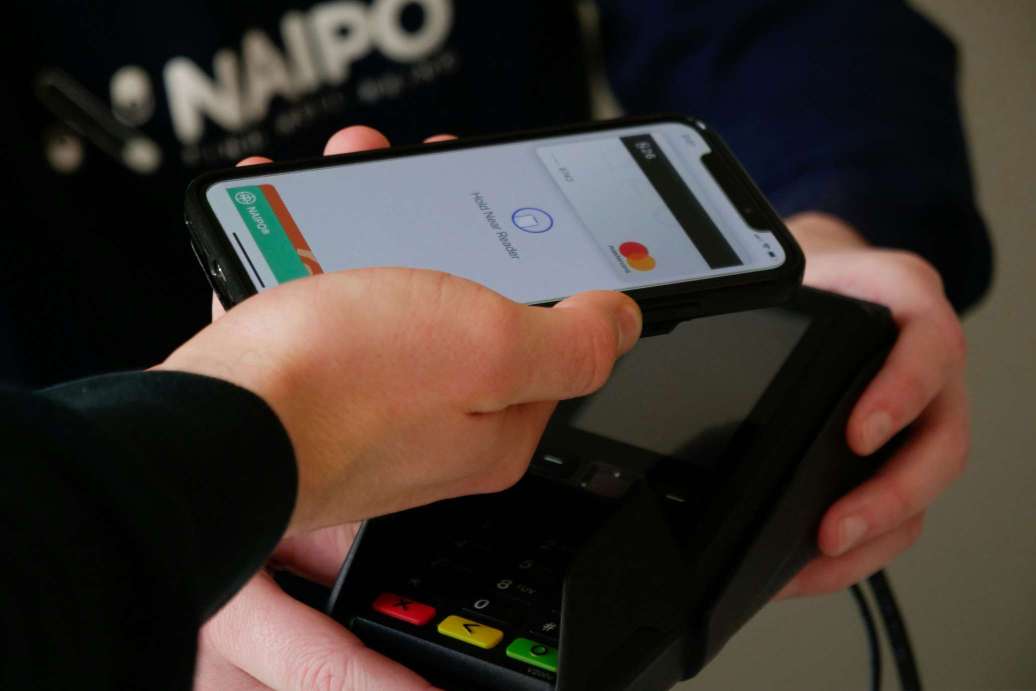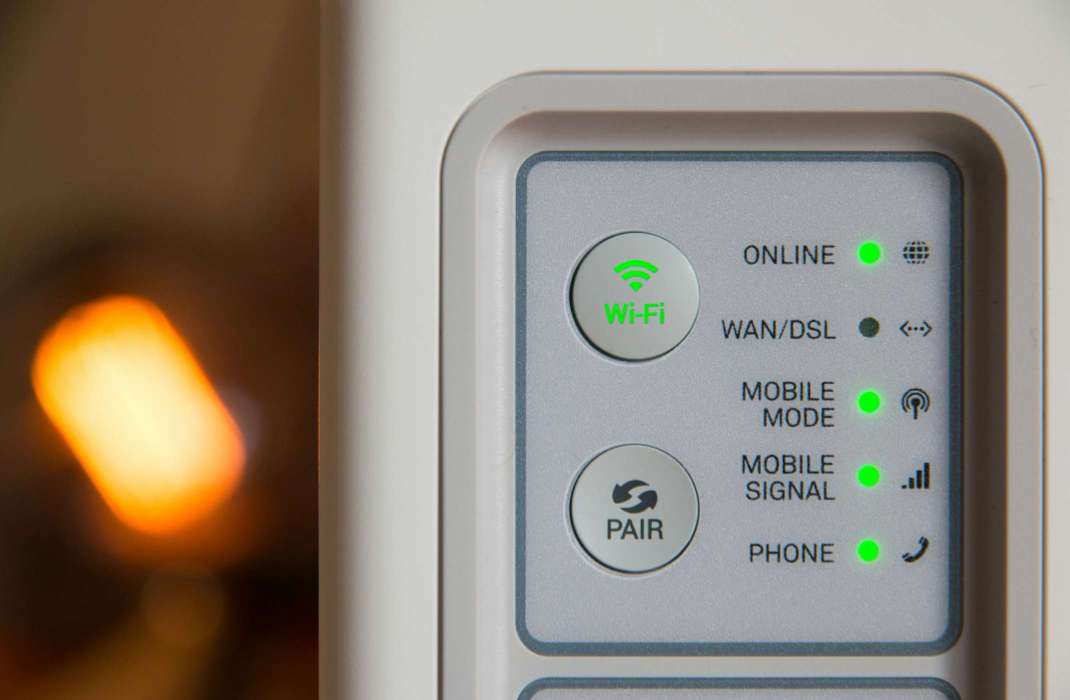Contactless Payments: The Safe, Fast, and Easy Way to Pay
7 min read
05 May 2025
Contactless payments have revolutionized transaction methods by offering a safer, faster, and more convenient way to pay. This article explores the evolution, benefits, challenges, and future trends of contactless payment technology.
Evolution of Contactless Payments
Introduction of NFC: The advent of Near Field Communication (NFC) technology enabled seamless payment transactions by tapping cards or devices at payment terminals.

Consumer Adoption: Rapid adoption driven by the need for speed, convenience, and enhanced security compared to traditional payment methods.
Expansion in Retail: Increasing acceptance at retail outlets, public transportation, and various service providers to accommodate growing consumer demand.
Benefits of Contactless Payments
Speed and Efficiency: Reducing transaction times significantly compared to cash or traditional card payments, leading to shorter queues and improved customer satisfaction.
Enhanced Security: Utilizing tokenization and encryption technologies to protect sensitive card information and reduce the risk of fraud and identity theft.
Convenience and Accessibility: Allowing users to make payments quickly and easily without the need to handle physical cash or enter PINs for smaller transactions.
Challenges in Contactless Payment Adoption
Infrastructure Readiness: Ensuring widespread availability of NFC-enabled terminals and devices to support seamless contactless transactions across various locations.
Consumer Trust and Education: Educating users about the security features, benefits, and proper usage of contactless payment technology to build trust and confidence.
Regulatory Compliance: Adhering to data protection regulations and standards to safeguard consumer information and ensure secure payment processing.
Future Trends in Contactless Payments
Mobile Wallet Integration: Increasing integration of contactless payment capabilities into mobile wallet apps, enabling users to manage multiple payment methods and loyalty programs.
Biometric Authentication: Enhancing security with biometric verification methods such as fingerprint scanning or facial recognition for authorizing contactless transactions.
IoT and Wearable Devices: Expanding payment options through connected devices like smartwatches and fitness trackers, allowing for convenient and seamless transactions on-the-go.
Conclusion
Contactless payments have emerged as a preferred choice for consumers and businesses alike, offering speed, security, and convenience in a rapidly evolving digital economy. As technology continues to advance and adoption grows, contactless payment solutions will continue to shape the future of financial transactions worldwide.
More Articles

AI in Smart Cities: Improving Urban Living with Intelligent Systems
5 min read | 28 May 2025

The Role of AI in Enhancing Accessibility for People with Disabilities
5 min read | 27 May 2025

AI in Human Resources: Streamlining Recruitment and Employee Management
7 min read | 26 May 2025

AI for Environmental Monitoring: Tracking and Responding to Ecological Changes
5 min read | 25 May 2025
More Articles

Wireless Communication: The Future of Connectivity
5 min read | 22 May 2025

Mobile Network Operators (MNO): The Giants Behind Your Mobile Service
4 min read | 21 May 2025

Satellite Communications: How They’re Changing Global Connectivity
6 min read | 20 May 2025

Optical Fiber: The Backbone of Modern Communication
4 min read | 19 May 2025
